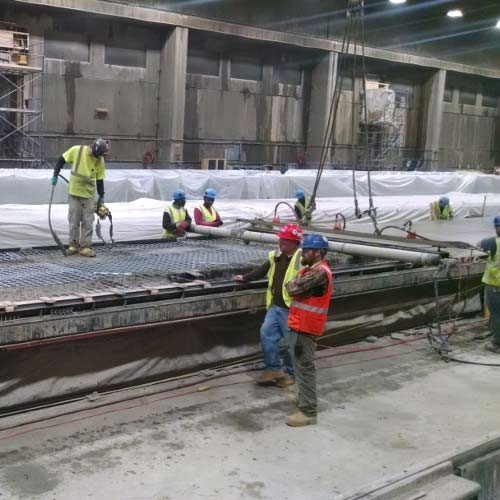Sunday November 3rd marks the end of Daylight-Saving Time, when we turn our clocks back, and gain that “extra hour” of sleep that is welcomed by so many. While this may seem like a nice little bonus, in our often sleep-deprived lives, it does not come without some potentially deadly safety concerns. The period immediately following a time change often sees an increase in safety incidents, mainly due to our “biological clocks” being disrupted.
Changing the clocks back an hour also means that many people will now be commuting home in the dark. Driving, and other safety-sensitive activities become riskier when people are experiencing drowsiness or fatigue, which often accompanies this adjustment. Pedestrians are 3 times more likely to be struck and killed right after the time change, as visibility for drivers decreases in the afternoon with the earlier onset of darkness. It is critical to use extra caution during this time, and to get extra rest in the days leading up to it.
Turning the clocks back can also be a good reminder to perform certain recurring safety tasks as well. When you turn your clocks back it would be a good idea to also do the following:
- Replace the batteries in your smoke and carbon monoxide detectors. Test them to ensure the units are functioning properly. Replace any smoke alarm that is more than 10 years old and any CO detector that is more than 5 years old.
- Prepare a winter emergency kit for your vehicle. Include items such as warm clothes, blanket, flashlight, water and snacks, flares, jumper cables or booster pack, shovel, and cat litter or sand for traction.
- Check any fire extinguishers that you have. Make sure that the needle on the gauge is in the “charged” position. If it’s not, the fire extinguisher may need to be recharged or replaced.
Don’t let “falling back” catch you by surprise. Remember to plan for the time change and you will be better equipped to adjust in the days following.









































